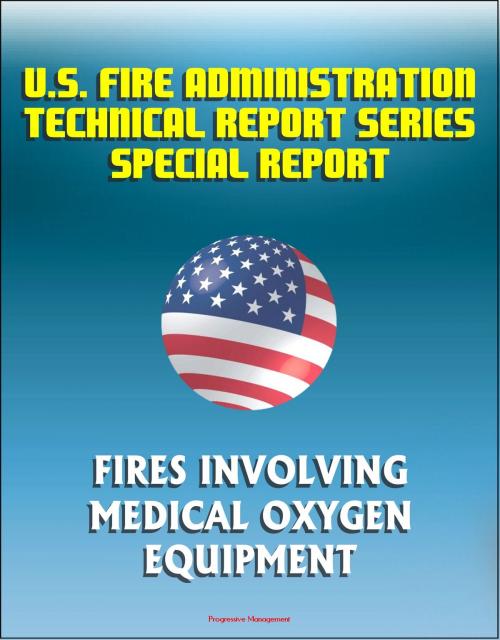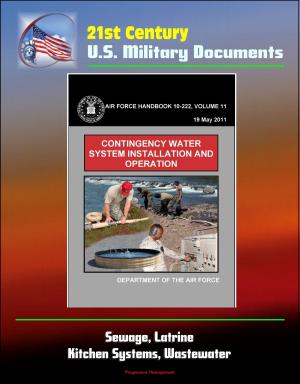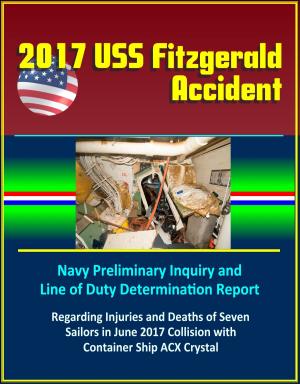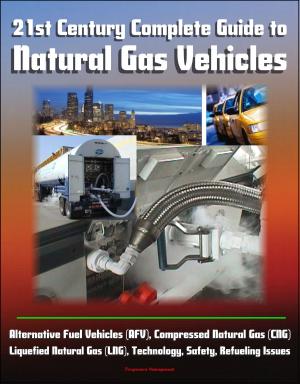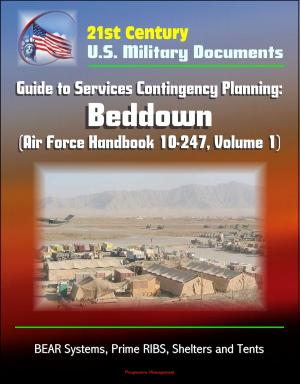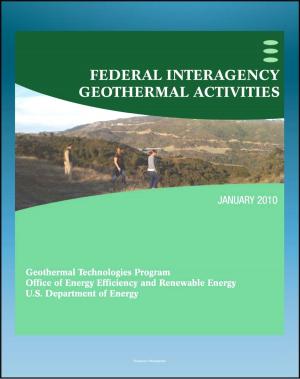U.S. Fire Administration Technical Report Series Special Report: Fires Involving Medical Oxygen Equipment
Nonfiction, Health & Well Being, Health, Ailments & Diseases, Respiratory, Medical, Allied Health Services, Emergency Medical Services| Author: | Progressive Management | ISBN: | 9781476388755 |
| Publisher: | Progressive Management | Publication: | August 14, 2012 |
| Imprint: | Smashwords Edition | Language: | English |
| Author: | Progressive Management |
| ISBN: | 9781476388755 |
| Publisher: | Progressive Management |
| Publication: | August 14, 2012 |
| Imprint: | Smashwords Edition |
| Language: | English |
The United States Fire Administration has noted with growing concern the number of flash fire incidents linked to lightweight, portable oxygen equipment. The following report describes the general hazards associated with oxygen-enriched atmospheres, including aluminum in contact with high-pressure oxygen, a number of recent incidents, maintenance recommendations, and contributing factors are also included.
The United States Food and Drug Administration (USFDA) has received 16 reports of flash fire incidents from 1993 to 1999. Each incident involved portable oxygen cylinders and combination pressure and flow regulators. Collectively, those incidents caused severe burns to 11 health care workers, emergency medical service providers, firefighters, and patients.
The typical applications of the equipment involved were ambulance/emergency jump bags. The incidents involved patient transfers both within and to health care facilities, and in some cases, people receiving continuous oxygen therapy which they carried with them. The combination pressure and flow regulators involved in the 16 fire incidents were constructed of aluminum and the aluminum was exposed to pure oxygen in the regulator's high-pressure section. The regulators were attached to "D" or "E" sizes high-pressure oxygen cylinders. Where oxygen cylinder construction was identified, aluminum cylinders were involved more often than steel. However, the recommendations, precautions, and procedures in this report apply regardless of the regulator's or cylinder's construction material.
This report contains information on ten flash fire incidents that involved either fire service or emergency medical service personnel. No attempt was made to analyze experience from the other application. The incidents resulted in serious injuries to emergency personnel and property damage, including the loss of two ambulances and considerable destruction to a fire station. Patient treatment was affected in some incidents as the newly injured had to be attended to and additional equipment and service providers placed into service.
Contents: OVERVIEW * KEY ISSUES * HAZARDS OF OXYGEN-ENRICHED ATMOSPHERES * SPECIAL HAZARDS * INCIDENT DESCRIPTIONS: * Department of Fire & Life Safety, Springfield, Oregon * Union Colony Fire/Rescue Authority, Greeley, Colorado * Austin Fire Department, Austin Emergency Medical Services, Austin, Texas * Houston Fire Department, Houston, Texas * Gurnee Fire Department, Gurnee, Illinois * Broward County Fire/Rescue, Broward County, Florida * Greenville County Emergency Medical Service, Greenville, South Carolina * Oak Creek Fire Department, Oak Creek, Wisconsin * Truckee Meadows Fire Protection District, Reno, Nevada * Additional Incidents * OXYGEN REGULATOR RECALL AND SAFETY NOTICE * MAINTENANCE * CONTRIBUTING FACTORS * LESSONS LEARNED * APPENDIX A: Additional Information * APPENDIX B: Compressed Gas Association Bulletins * APPENDIX C: Recall Notice
The United States Fire Administration has noted with growing concern the number of flash fire incidents linked to lightweight, portable oxygen equipment. The following report describes the general hazards associated with oxygen-enriched atmospheres, including aluminum in contact with high-pressure oxygen, a number of recent incidents, maintenance recommendations, and contributing factors are also included.
The United States Food and Drug Administration (USFDA) has received 16 reports of flash fire incidents from 1993 to 1999. Each incident involved portable oxygen cylinders and combination pressure and flow regulators. Collectively, those incidents caused severe burns to 11 health care workers, emergency medical service providers, firefighters, and patients.
The typical applications of the equipment involved were ambulance/emergency jump bags. The incidents involved patient transfers both within and to health care facilities, and in some cases, people receiving continuous oxygen therapy which they carried with them. The combination pressure and flow regulators involved in the 16 fire incidents were constructed of aluminum and the aluminum was exposed to pure oxygen in the regulator's high-pressure section. The regulators were attached to "D" or "E" sizes high-pressure oxygen cylinders. Where oxygen cylinder construction was identified, aluminum cylinders were involved more often than steel. However, the recommendations, precautions, and procedures in this report apply regardless of the regulator's or cylinder's construction material.
This report contains information on ten flash fire incidents that involved either fire service or emergency medical service personnel. No attempt was made to analyze experience from the other application. The incidents resulted in serious injuries to emergency personnel and property damage, including the loss of two ambulances and considerable destruction to a fire station. Patient treatment was affected in some incidents as the newly injured had to be attended to and additional equipment and service providers placed into service.
Contents: OVERVIEW * KEY ISSUES * HAZARDS OF OXYGEN-ENRICHED ATMOSPHERES * SPECIAL HAZARDS * INCIDENT DESCRIPTIONS: * Department of Fire & Life Safety, Springfield, Oregon * Union Colony Fire/Rescue Authority, Greeley, Colorado * Austin Fire Department, Austin Emergency Medical Services, Austin, Texas * Houston Fire Department, Houston, Texas * Gurnee Fire Department, Gurnee, Illinois * Broward County Fire/Rescue, Broward County, Florida * Greenville County Emergency Medical Service, Greenville, South Carolina * Oak Creek Fire Department, Oak Creek, Wisconsin * Truckee Meadows Fire Protection District, Reno, Nevada * Additional Incidents * OXYGEN REGULATOR RECALL AND SAFETY NOTICE * MAINTENANCE * CONTRIBUTING FACTORS * LESSONS LEARNED * APPENDIX A: Additional Information * APPENDIX B: Compressed Gas Association Bulletins * APPENDIX C: Recall Notice
